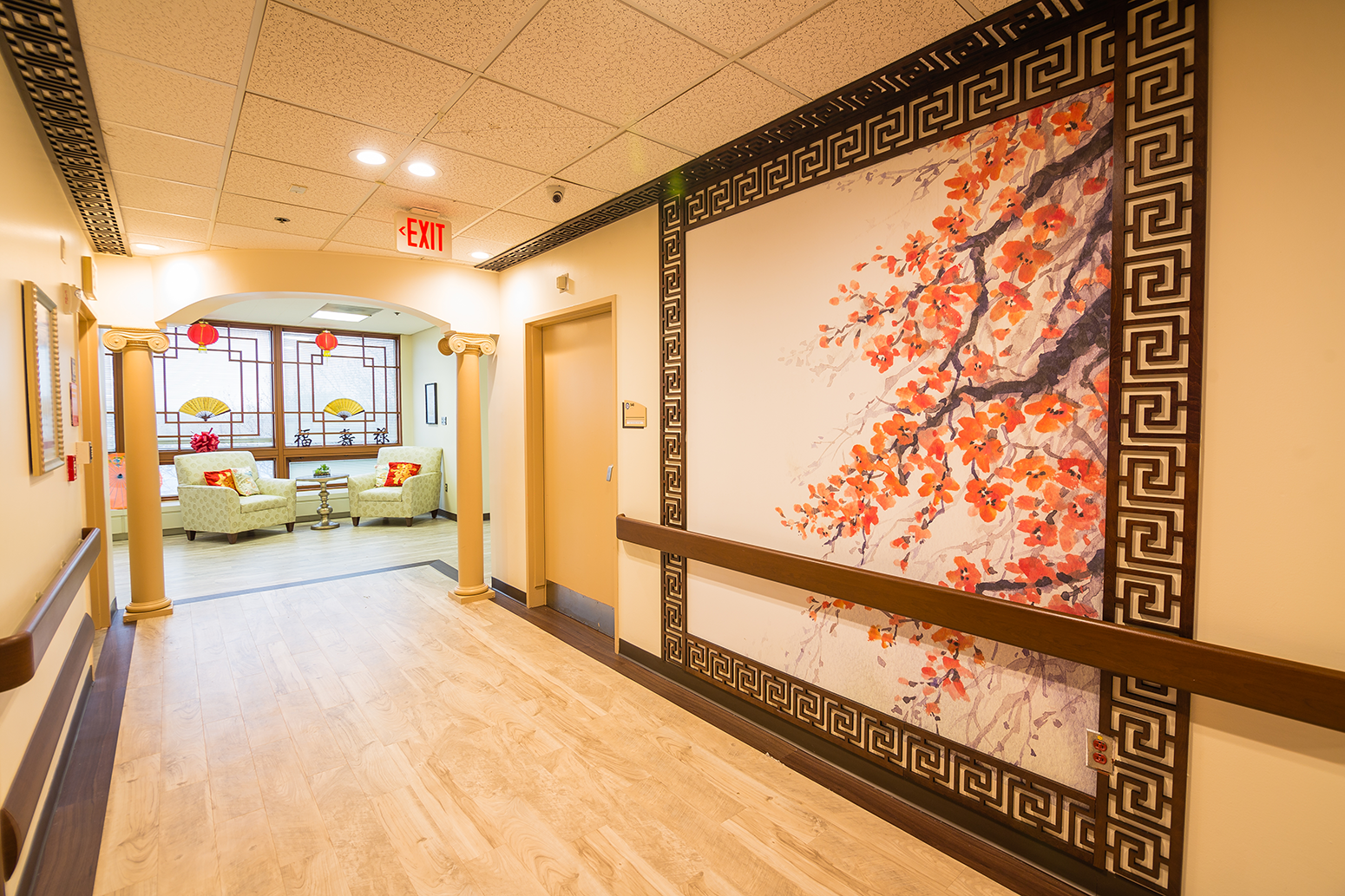What Is the Future of AR and VR in Healthcare?
September 5, 2019
Despite being in their infancy, virtual reality (VR) and augmented reality (AR) are already beginning to revolutionize healthcare. Some estimates are that there will be 30 million users of these technologies within the next three years, and 70 million within six. They are time-savers for healthcare professionals and literally lifesavers for patients, seeing as AR and VR will be used not only in areas like stroke and optical rehabilitation, but also in stress management, exercise and speech therapy.
Here are the top five AR/VR trends:
- More Informative Healthcare
In the future, it is very likely that the first thing that happens when patients walk into a medical clinic is they will put on a pair of AR glasses, affording them access to informational snippets, graphs and diagrams as they are consulting with healthcare professionals. As a result, the appointment will be a much more informative, comprehensive experience.
- Surgical Training
Experts believe most future surgical training protocols will rely nearly exclusively on VR-based technology, which will enable trainees to hone their skills on highly realistic virtual patients. Such training is superior to previous methods, on a cadaver, in that it can expose surgeons to a much broader anatomical variety.
- Revolutionized Physical Rehabilitation
As Allure has shown through its use of Jintronix, virtual reality is capable of revolutionizing physical rehabilitation, and AR is not far behind. For example, the AR glasses of the future will be worn by physical rehabilitation patients while they are simultaneously connected to electrodes. Patients will then be able to see their heart rate, blood pressure, calorie burn, flex strength and other crucial information, enabling them to make the best of their PT.
- Richer Remote Healthcare
AR and VR technologies will one day be accessible to patients facing chronic health issues from the comfort of their own homes. This is particularly convenient for those who are immobile or unable to be easily transported. The remote healthcare professional can link up to the home-based patient courtesy of such devices, giving them rich and informative walkthroughs and consultations without needing to meet physically. For example, if a doctor wants to show a patient how to self-administer a medicine this can be done very precisely with VR-based walkthroughs.
- Patient Procedure Walkthroughs
In the future patients facing surgery will no longer need to rely on their imaginations to understand what sort of procedure they will undergo. Once virtual reality technologies are more advanced, doctors will be able to walk patients through the surgery ahead of time. Armed with this understanding, patients will be far less stressed.

